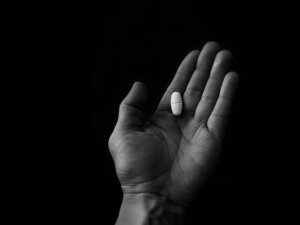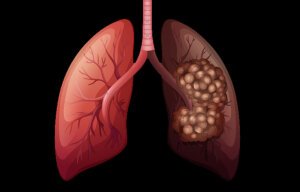
The Breast Cancer Awareness Month, marked in countries across the world every October, helps to increase attention and support for the awareness, early detection and treatment as well as palliative care of this disease.
According to WHO, there are about 1.38 million new cases and 458 000 deaths from breast cancer each year. Breast cancer is by far the most common cancer in women worldwide, both in the developed and developing countries. In low- and middle-income countries the incidence has been rising up steadily in the last years due to increase in life expectancy, increase urbanization and adoption of western lifestyles.

Currently there is not sufficient knowledge on the causes of breast cancer, therefore, early detection of the disease remains the cornerstone of breast cancer control. When breast cancer is detected early, and if adequate diagnosis and treatment are available, there is a good chance that breast cancer can be cured. If detected late, however, curative treatment is often no longer an option. In such cases, palliative care to relief the suffering of patients and their families is needed.
Signs and symptoms of breast cancer may include:

– A breast lump or thickening that feels different from the surrounding tissue
– Change in the size, shape or appearance of a breast
– Changes to the skin over the breast, such as dimpling
– A newly inverted nipple
– Peeling, scaling, crusting or flaking of the pigmented area of skin surrounding the nipple (areola) or breast skin
– Redness or pitting of the skin over your breast, like the skin of an orange.
Factors that are associated with an increased risk of breast cancer include:

Being female. Women are much more likely than men are to develop breast cancer.
– Increasing age. Your risk of breast cancer increases as you age.
– A personal history of breast conditions. A personal history of breast cancer.
– A family history of breast cancer.
Inherited genes that increase cancer risk. Certain gene mutations that increase the risk of breast cancer can be passed from parents to children. The most well-known gene mutations are referred to as BRCA1 and BRCA2. These genes can greatly increase your risk of breast cancer and other cancers, but they don’t make cancer inevitable.
– Radiation exposure. Obesity.
– Beginning your period at a younger age.
– Beginning menopause at an older age.
– Having your first child at an older age.
– Having never been pregnant.
– Postmenopausal hormone therapy.
– Drinking alcohol.
Prevention of Breast Cancer

Breast awareness can’t prevent breast cancer, but it may help you to better understand the normal changes that your breasts undergo and identify any unusual signs and symptoms.
Breast cancer screening. Discuss with your doctor when to begin breast cancer screening exams and tests, such as clinical breast exams and mammograms.
Become familiar with your breasts through breast self-exam for breast awareness. Women may choose to become familiar with their breasts by occasionally inspecting their breasts during a breast self-exam for breast awareness. If there is a new change, lumps or other unusual signs in your breasts, talk to your doctor promptly.
Making changes in your daily life may help reduce your risk of breast cancer.
– Drink alcohol in moderation, if at all.
– Exercise most days of the week.
– Limit postmenopausal hormone therapy.
– Maintain a healthy weight.
– Choose a healthy diet.
Key message
Early detection in order to improve breast cancer outcome and survival remains the cornerstone of breast cancer control.










